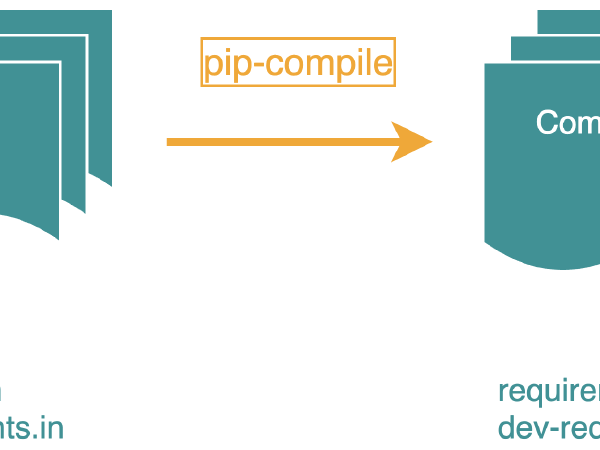Simon Kagwi

2025

PydanticAI Agents Intro
In previous posts, we explored function calling and how it enables models to interact with external tools. However, manually defining schemas and managing the request/response loop can get tedious as an application grows. Agent frameworks can help here.

LLM Basics: Ollama Function Calling
In our previous post, we introduced function calling and learned how to do it with OpenAI’s LLMs.
In this post, we’ll call the same cactify_name function from that post using Meta’s
Llama 3.2 model, installed locally using Ollama. The techniques in this post should also work
with other Ollama models that support function-calling.

LLM Basics: OpenAI Function Calling
In our previous post, we explored how to send text to an LLM and receive a text response in return. That is useful for chatbots, but often we need to integrate LLMs with other systems. We may want the model to query a database, call an external API, or perform calculations.

Learning LLM Basics with Ollama
We have recently started learning about LLMs and how we can integrate them into our development projects, and we will be documenting our learning in a series of blog posts. In our first installment of the series, we learned about the OpenAI API. In this one, we will experiment with Ollama, which is an open-source application that allows you to download, run, and interact with LLMs on your own hardware. By running models locally, you maintain complete control over your data and can use LLMs without an internet connection. It also allows you to easily experiment with different models.

How We Replaced Bit.ly with Our Own URL Shortener Using Hugo and Cloudflare Pages
We have been using Bit.ly to create easily shareable short URLs, but we recently decided to replace it with our own solution. We created a Hugo-based static website where we could create the short URLs, handle redirects to their respective long URLs, and have a page for each short URL displaying its QR code.

Learning LLM Basics with OpenAI
For some time now, we’ve been using tools like ChatGPT and CoPilot for day-to-day tasks, but mostly through the conversational AI chatbots they provide. We’ve used them for everything from drafting emails to providing type-ahead coding assistance. We haven’t, however, gone a step further and integrated them into a development project. Honestly, we weren’t sure where to start. Looking into the available options, you quickly run into a dozen new concepts, from vector stores to agents, and different SDKs that all seem to solve similar problems.

How to migrate from pip-tools to uv
At Caktus, many of our projects use pip-tools for dependency management. Following Tobias’ post How to Migrate your Python & Django Projects to uv, we were looking to migrate other projects to uv, but the path seemed less clear with existing pip-tools setups. Our requirements are often spread across multiple files, like this:

How to Deploy a Hugo Site to Cloudflare Pages With Github Actions
We recently moved this website from Django to a static website made using Hugo, and
decided to use Cloudflare Pages to deploy it.
Cloudflare Pages offers automatic deployments, meaning it can automatically build
and deploy a website when changes are pushed to a GitHub branch. This is simple
to set up and works well. However, we wanted to build and deploy using GitHub
Actions instead, so that the build logs would be easily accessible on GitHub.
Cloudflare’s wrangler-action
makes it simple to set up a GitHub Actions workflow for this.

How to Create a Helm Chart for a Django App
At Caktus, we use Helm charts to simplify our deployment process for Django projects. Helm is a package manager for Kubernetes, and using Helm charts allows us to automate the process of writing Kubernetes configuration files for our Django applications. We use it together with GitHub Actions and Ansible to streamline our deployment processes.

How to fix factory_boy post-generation deprecation warnings
We use factory_boy for
bootstrapping test data on many Python and Django projects at Caktus.
Recently, we encountered a deprecation warning on an older project that
had been using factory_boy for some time: